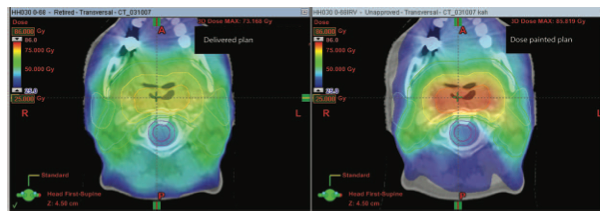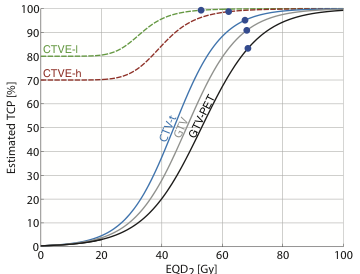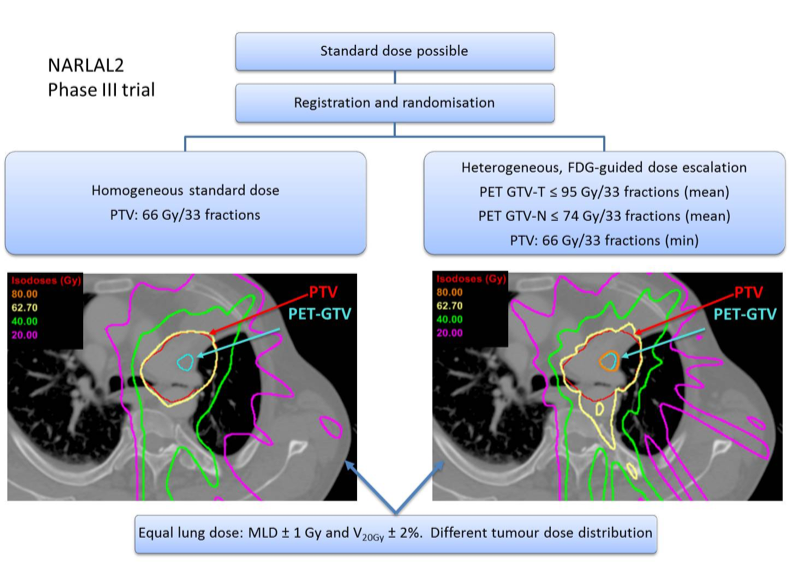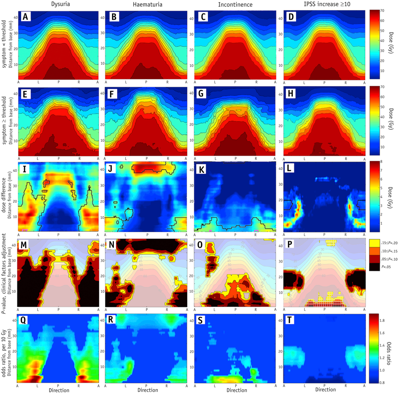Why do you want to give physicists a central role in your radiotherapy trials?
#medphys #radonc
@ipemnews @EFOMP_org @aapmHQ @EORTC @CTRad_CChan
We can ask
“How can we best utilise technology to improve outcomes?”
“Will this be achievable in daily practice?”
ncbi.nlm.nih.gov/pubmed/26993418
This trial was based on outcome modelling and in silico studies, largely led by medical physicists


ncbi.nlm.nih.gov/pubmed/28688525
clinicaltrials.gov/ct2/show/NCT02…

(Even if you don’t feel comfortable letting us run conceptualization, development and trial design …)
IQ-EMBRACE is an imaging sub-study of the EMBRACE II trial. It prospectively collects quantitative MRI for imaging biomarker discovery
sciencedirect.com/science/articl…
embracestudy.dk/UserUpload/Pub…
You could explore variations in outcome, as has been done for RTOG 0617:
ncbi.nlm.nih.gov/pubmed/28034064
... and give it to the ones who have been exactly training to handle large data sets - the physicists! 😀
sciencedirect.com/science/articl…

For a major radiotherapy trial, don't have "a trial physicist". Have a team of trial physicists!
This is the Danish Lung Cancer Radiotherapy group, who developed the NARLAL2 trial. Half of the group are physicists @MirjanaMedPhys

If you have access to the online content, why not go listing to me talk for half an hour?
webcasting.streamdis.eu/Mediasite/Play…
- requires teamwork to succeed
- half the time you're being led by somebody more experienced, hoping they know what they are doing
- the other half, you're just stumbling in the dark
- you come out the other end completely knackered









